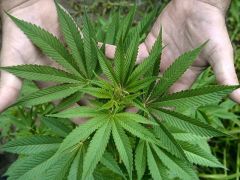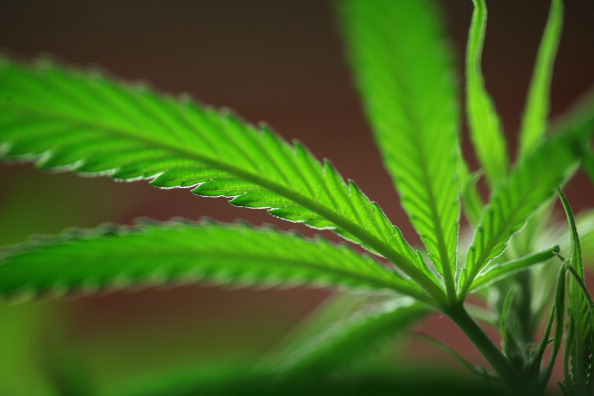“Six-year-old Jayden David violently shakes on the ground, his blue eyes vacant and then filled with searing pain. The video shows an unvarnished look at a seizure, something Jayden once experienced routinely.
Not anymore, says his father, thanks to medical marijuana.
Before he started taking a liquid, nonpsychoactive form of marijuana, Jayden couldn’t walk, eat solid food or take a bath.
He has Dravet’s syndrome, a rare and catastrophic form of childhood epilepsy. It has triggered seizures so frequent that 44 times he has been rushed to the hospital in an ambulance, his distraught father by his side.
Jayden’s doctors prescribed 22 anti-seizure pills a day, which controlled the seizures but left him immobilized due to the side effects.
“He’s in pain and suffering and crying,” said Jayden’s father, Jason David. “You can’t help him no matter what. What are you supposed to do? You have to do whatever it takes to save their life.”
Last year, he had enough. Delirious with fatigue and emotional pain, Jason David called his mother to say he wanted to put a gun to his head, just to end the heartbreak of seeing his son suffer. His mother convinced him to not give up.
David turned to something he had seen on television: medical marijuana.
On June 4, 2011, David gave his son marijuana. For the first time since Jayden was 4 months old, the boy went through an entire day without a seizure.
“Instead of medical marijuana, this is miracle marijuana,” said David, holding up a jam jar full of liquefied and cooled cannabis.”
More: http://www.cnn.com/2012/12/10/health/medical-marijuana-child/




